Māori and the Marists (2)
The MM is grateful to Archifacts, the magazine of the Archives and Records Association of New Zealand (ARANZ), to Theresa Graham, ARANZ president, and to Ken Scadden, for permission to reprint this article.
Lettres Reçues d’Océanie
Letters Received from Oceania
In 2009 a series of 1,365 letters written in French by the early Marist missionaries in Oceania to the Founder of the Marist Order in France, Fr. J. C. Colin, was published.
They cover the years 1836-1854 and contain a wealth of information about what they experienced in New Zealand and the Pacific. Part of their importance lies in the date range of the letters, as they cover a period of time when Māori society was in a great state of flux.
Professor Hugh Laracy (the late Professor of History at Auckland University) considered them to be the most important single contribution to Pacific history since Professor J. C. Beaglehole edited the journals of Captain James Cook.
Letters other than those which have been published and which have been translated to date are available to bona fide scholars on the Marist Studies website: www.mariststudies.org.nz.
As an example, an edited extract from a letter from Father Chouvet sm describing how Māori in Opotiki went fishing in 1845 reads:
I wanted to accompany Māori in all their fishing operations. So joining a group of 25-30 we got into a waka which was the dug-out trunk of a tree. We all paddled and distanced ourselves about 4 or 5 hundred paces in a straight line from the shore.
During all this time two strong men were throwing overboard armfuls of net which had little stones attached to it at one side which pulled it to the seabed.
Having got this distance from shore we turned left and travelled roughly the same distance. We turned the prow of the canoe for a second time and returned to shore having made a square.
At the place of departure one man held one end of the net by a thick rope and the other end, which remained in the canoe, came back with it.
This manoeuvre finished, the men involved divided. Half of the fishermen went to one end of the net, the other half to the other end.
Divided like this, the fishermen pulled at the ropes of the net. After 20 or 25 minutes it was entirely brought back to land. The middle of the net which was 10 to 15 times wider than the other parts came last and a crowd of fish were gathered and imprisoned there.
Where there are only 1,000 to 1,500 kilograms of fish the Māori say ‘he toru toru,’ ‘only a few!’ I say to you without exaggeration, imagine the kitchen of your house covered with fish two feet deep you will get some idea of the quantity of the fish I have seen. Often 15 different species are caught at once. Anyway I can guarantee you that I have seen catches of 2,000 to 3,000 kilograms of fish caught in this way.
In addition to these first volumes of the Letters Received from Oceania covering up to 1854, there are literally thousands more letters in the Marist Archives in Rome ranging from 1854 to the present, which have yet to be accessed and translated.
Father Catherin Servant SM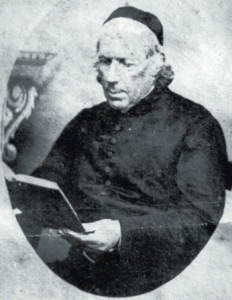
Father Servant was a Māori Mission priest stationed in the Hokianga from 1838 to 1842. A manuscript written by him in French was discovered in the Marist Archives in Rome and translated into English. Fluent in Māori, Fr. Servant wrote what is described as an ‘unprejudiced account of the manners and customs of Māori.’ It was published as the book ‘Customs and Habits of the New Zealanders 1838-1842’ in 1973. These early reports were recorded during a time of great transition for Māori and are of great value to historians and ethnographers.
Māori Missions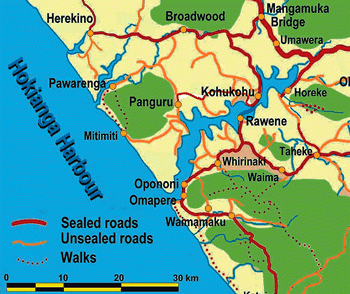
Initially the Marists established a Mission Station in the Hokianga, at Purakau, moving later to the Bay of Islands.
By the end of 1843 there were about 38 Marist missionaries in New Zealand and, except for a small group in Akaroa, all were based from Rotorua northwards.
By 1846, Bishop Pompallier reported to Rome that the Marists had baptised 5,000 Māori and that 25,000 were receiving instruction.
The Marists’ work in the north was seriously affected by the decision in 1850 to move all Marists south into the new Diocese of Wellington. Many Māori communities were left in limbo by this decision. For example, the Rotorua community, which boasted 1200 adherents in 1850, was not visited again by a Catholic priest until 1861.
These early missionaries could have had a much greater influence had there been more of them, had they been better resourced, and had the Land Wars not occurred. The Land Wars destroyed much of the good will which had been built up between the Marist missionaries and Māori.
Māori missions were established in Hawkes Bay, where the rangatira (chief)Puhara made land available to the Marists at Pakowhai.
Puhara was defeated in battle and the Marists moved to Meeanee, where they established vineyards. They moved their seminary for training priests to Greenmeadows.
One point that must be remembered is that the Marist presence in New Zealand was a mission to Māori. It was only later, when European settlers and soldiers, many of whom were Irish Catholics, came to New Zealand, that the priests started to minister to the spiritual needs of Europeans.
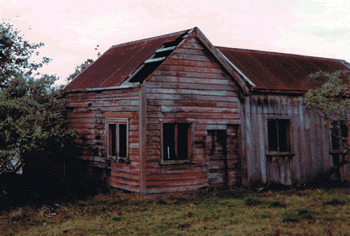
The remains of the Marists’ house at Purakau, on the north side of the Hokianga Harbour, in 1994. The building no longer exists.
During the Land Wars of the 1860s, some had real qualms of conscience about whether to support their Māori congregations or their fellow Europeans who, after all, were largely English. As might be expected, the French clergy had a somewhat different perspective on the British colonisation of New Zealand from the dominant colonisers.
Most of the early French Marists spoke fluent Māori and shared closely in the daily lives of their congregations. Many were keen observers of Māori life and customs and wrote detailed reports of their observations back to France.
To be continued

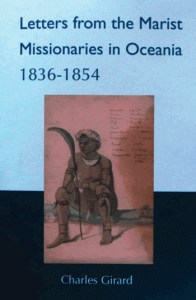
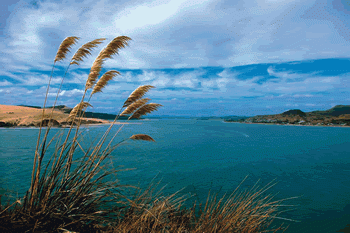
 Entries(RSS)
Entries(RSS)